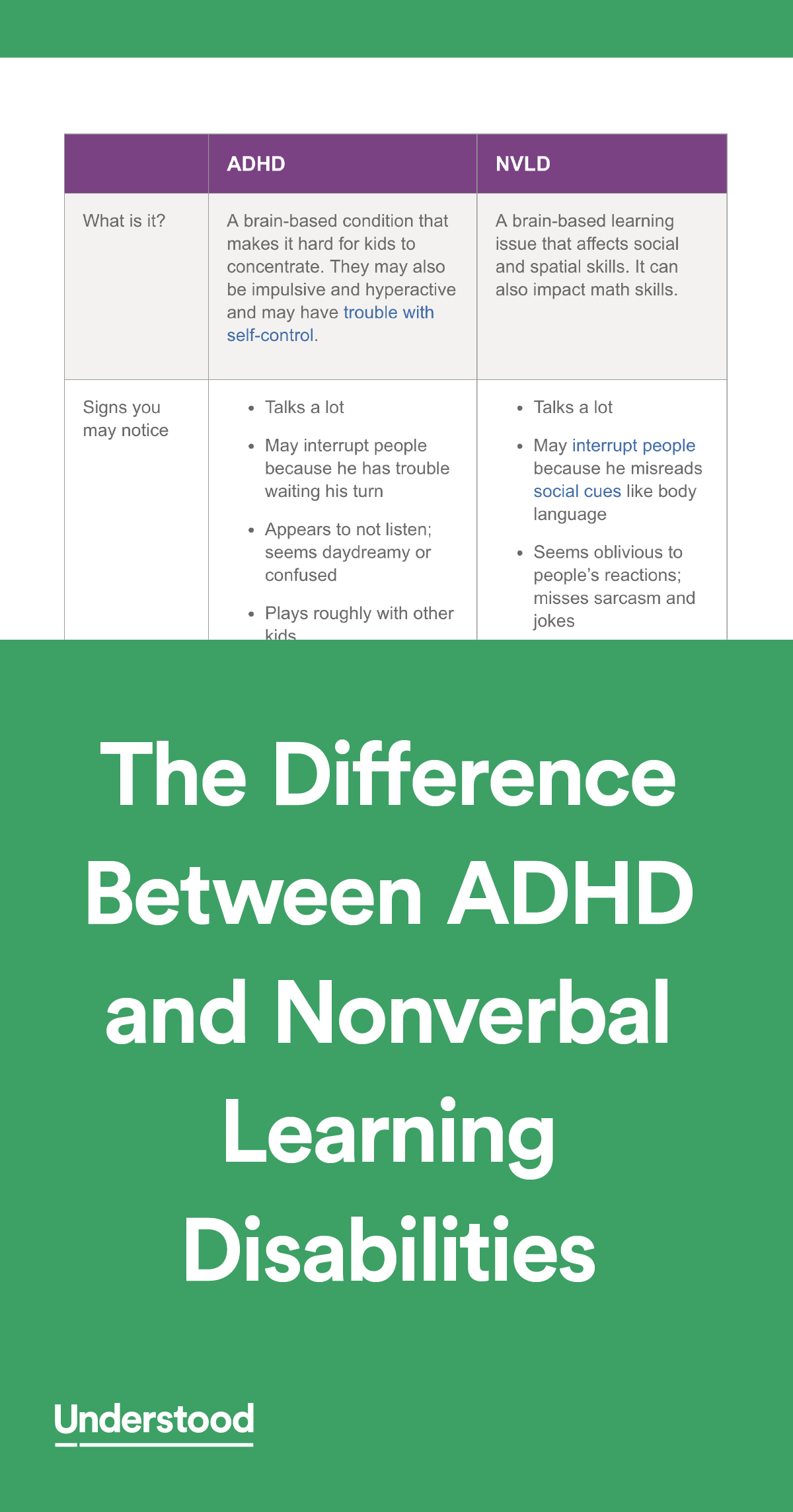Nonverbal learning disability is little known. This happens in people who have a high IQ in the verbal area and express themselves with incredible ease, but who have serious problems in the visospatial zone, also present coordination problems, are disorganized, clumsy, do not capture ironies or double meanings and changes.
This type of learning disability can be very surprising, it should be noted that while it was to be included in the fifth edition of DSM-V (diagnostic and statistical manual of mental disorders), it has not yet occurred. characteristics that could constitute diagnostic criteria are very broad.
- Non-verbal learning disorder is characterized by high verbal abilities associated with severe visual-spatial.
- Motor.
- And social difficulties.
Before continuing, we want to propose an idea, the learning problems are as broad as they are unique for each child, in some cases many students complete their teaching training with great difficulty, but they never receive a accurate and accurate diagnosis of their limitation, which makes it difficult for them to master certain basic skills.
In the case of non-verbal learning disabilities, we can point out a fact: we have children who develop language early, who learn to read and write normally, are very good students of oral and written expression and, in general, obtain a high score in the verbal field of any intelligence test. However, something is missing.
They are disorganized, clumsy, easy to lose, very dependent on their parents and, in addition, socially may have common characteristics with Asperger’s syndrome, however, their disorder is not part of the Autism Spectrum Disorders group. profile?
Helena has always been a brilliant girl, very good at learning languages; in addition, as he loved them, he decided to study letters and English. Now, in college, many of her peers know her as the “weird one. “He recently got a driver’s license, but his family prefers not to use the car after he crashed into the garage. He often gets lost, walks around the library and ranks aimlessly, often makes mistakes and doesn’t like meeting new people.
What most catches Helena’s attention are her lectures in the classroom, her oratory and her great gifts for the debate, yet when you have conversations with your peers, some things may seem strange to you, she says things that come out of context, right?he understands subtleties or jokes and usually finds it very difficult to establish complicity with others.
Elena was always aware that something was wrong with her, her continued disorientation, her mathematical problems and her difficulty making friends have always characterized him, but no one has been able to name what happened, no one has been able to help him. She doesn’t know it yet, but this whole feature set is part of what’s called a nonverbal learning disability.
In ICE-10 (international classification of diseases) all these characteristics appear under too broad a label: developmental coordination disorder, however, it is important to know that this disability goes far beyond the simple motor, visual and motor coordination of the child. Nonverbal learning disorder actually shares some aspects with autism spectrum disorder and is therefore important that it is clearly documented in diagnostic manuals.
Under these characteristics would encompass a problem of maturation in the right hemisphere, and as such one could talk about degrees of assignment, so child and developmental psychologists recommend that if excessive motor difficulty is perceived with sociability problems, an evaluation that includes:
On the other hand, what is almost always obvious is that in 80% of cases these children are bright, have learned to speak very early, learn fast and yet feel trapped in a body and spirit that they do not know. allows you to make as many friends as you want.
In these cases, the intervention strategy would focus mainly on the work of their social skills, the introduction of therapies to improve their motor coordination and the guarantee that the therapeutic referral service and pedagogy of the schools fully meet the educational needs of these children. that without a doubt it must start from something as simple as recognizing the existence of this type of disability.

